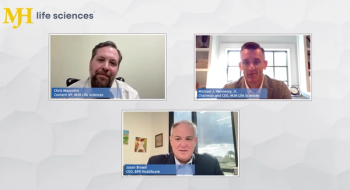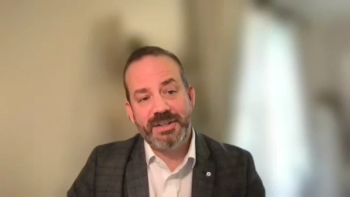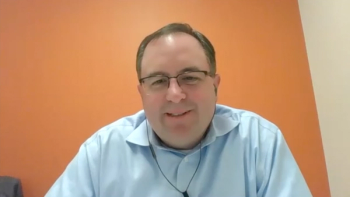
The Clinical Divide: Ensuring Top Treatment for Stroke Victims
What can physicians and healthcare executives do to ensure stroke victims are receiving high-quality, expedient treatment?
Each year, almost 800,000 Americans suffer a stroke. It’s the third leading cause of death in the U.S. and it’s a top cause of serious, long-term disability. But some states force stroke victims to be taken instead to local hospitals rather than a comprehensive stroke-treatment facility. When it comes to the treatment of stroke, we all know that time is brain tissue, and any delay can have significant, powerful negative impacts on outcomes for patients. Not all hospitals are created equal when it comes to stroke treatment, so what can we as physicians and healthcare executives do to ensure that the patients that we are responsible for caring for are receiving the best and most expedient stroke care?
Welcome to the Clinical Divide. I’m Dr. Kevin Campbell, a Duke-trained cardiologist and CEO of the health data startup PaceMate. Every week, this Healthcare Analytics News™ video series examines healthcare technology and medicine’s top news. It’s my job to bring you the views that help physicians and healthcare executives bridge the gap and bridge the clinical divide.
Research suggests the chances of recovering from a stroke rise exponentially with quick access to an innovative treatment called a mechanical thrombectomy. This procedure allows physicians to remove a blood clot — that’s called an embolus — from the brain before irreversible brain tissue damage can occur, which for the patient could be the difference between a full recovery or life in a nursing home, dependent on others. Each year, 700,000 Americans have strokes caused by embolic events. Twenty-five percent of these strokes are severe and significantly impact both quality and quantity of life. And despite our nation having more than 1,000 certified “primary stroke centers,” most don’t perform this procedure for a multiplicity of reasons.
Here’s an example: Holy Cross Hospital is a primary stroke center, and is the only hospital in Silver Spring, Maryland. They handle 500 stroke cases a year. However, if a stroke victim comes in and is a candidate for a thrombectomy, they are transferred to other hospitals in Washington, D.C., or Baltimore, such as Johns Hopkins and others. The center follows Maryland state requirements for transferring victims within two hours. However, when it comes to stroke, two hours is two hours too late. The patients who do best with thrombectomy typically are treated within the first 90 minutes of onset symptoms.
Stroke victims need to have the procedure done immediately — we can’t wait for transfer. Waiting up to two hours can cause serious harm. These delays are completely unacceptable. And despite studies that show that thrombectomies lead to far better outcomes for the stroke victim, the American Heart Association and the American Stroke Association said that the benefit of bypassing hospitals that don’t have this to go to a hospital that does have the ability to do a thrombectomy was uncertain. I’m not sure what they’re thinking. This sounds like politics getting involved in the adjudication of treatments, in my opinion. Certificates of need, large hospital conglomerates that want to squash competitors and money probably plays a role in limiting access. Additionally, doctors have to be trained at a high level to perform these procedures and convinced to go to underserved areas where smaller hospitals exist.
As physicians and health executives, we need to urge these organizations to change these guidelines to ensure that our patients are getting immediate access to this potentially lifesaving treatment. We’ve got to work hard to recruit talented doctors to smaller cities. We must advocate for our patients and provide them with the best care possible—even if they don’t live in a major metropolitan area like New York City, LA or Chicago. We are talking about life and probable death or at least severe brain damage here. This is absolutely unacceptable, and we have to work together to influence decision makers at all levels — this may mean government, healthcare systems, insurers and others. This is how we can better serve patients who present to ERs all over the U.S. with stroke. No longer is transfer acceptable for the treatment of stroke.
Thank you for joining me for this episode of the Clinical Divide. Until next week, I’m Dr. Kevin Campbell, for Healthcare Analytics News™.
Navigate the digital transformation with confidence.
Binge Some Clinical Divide



































